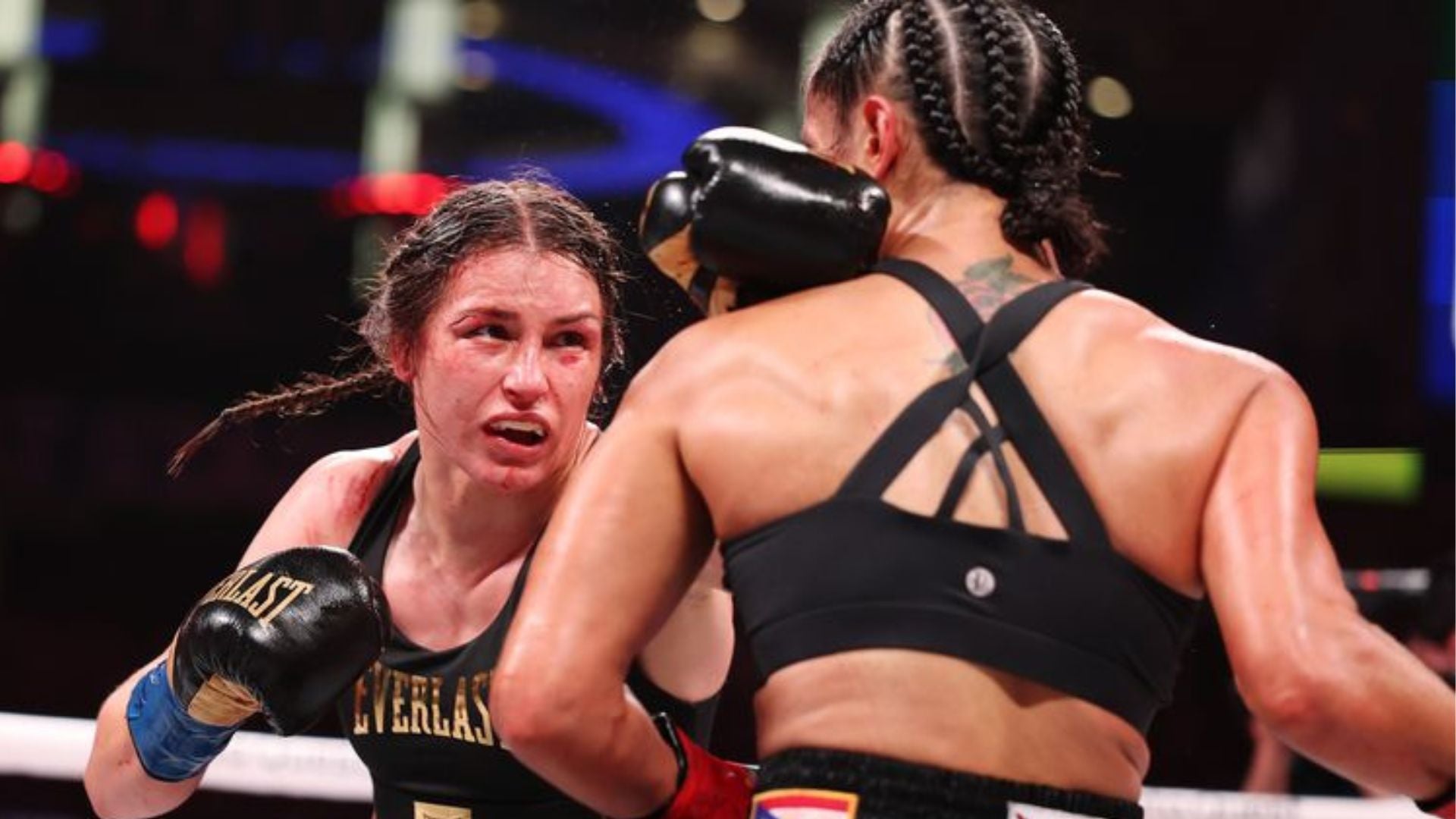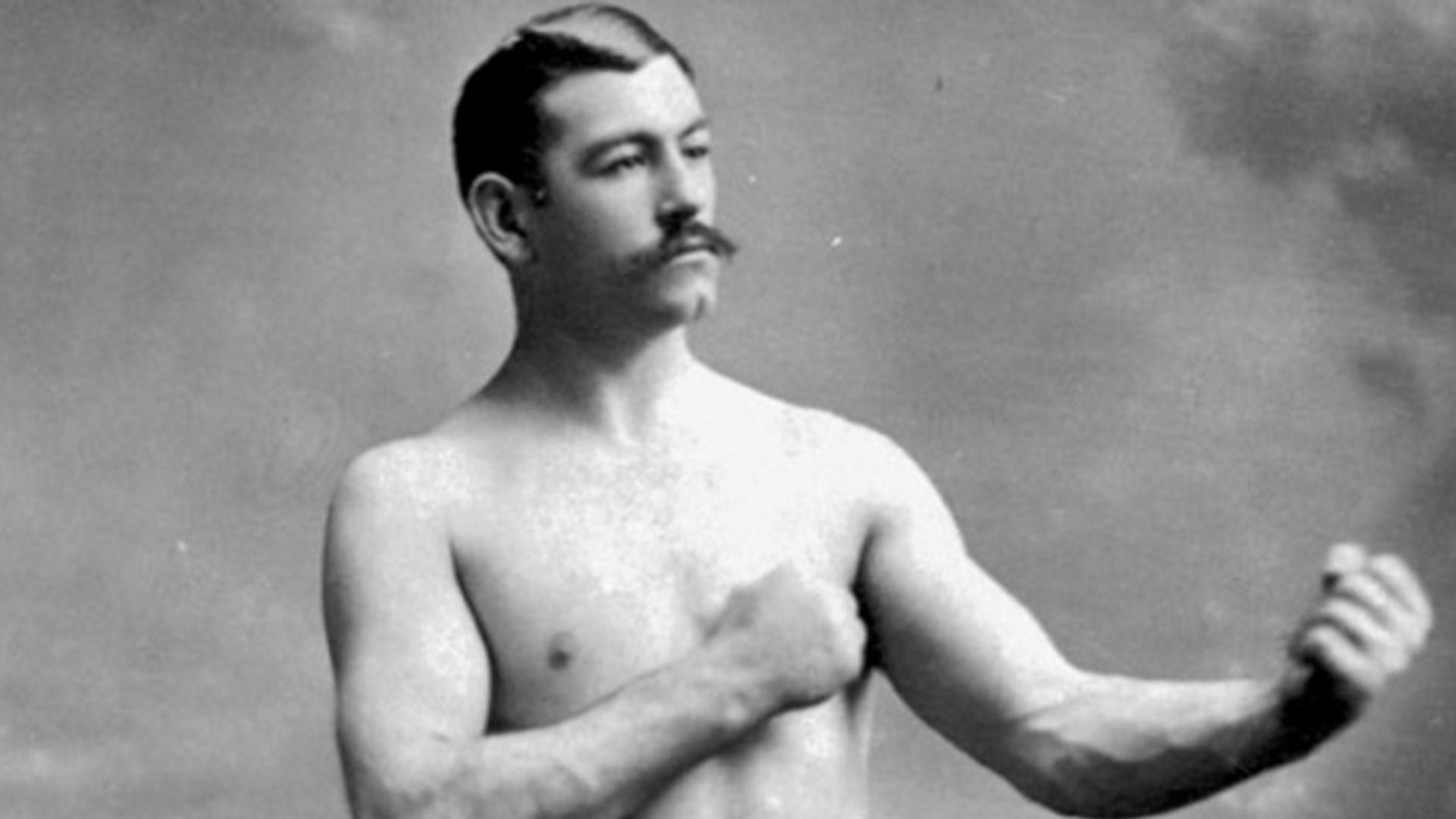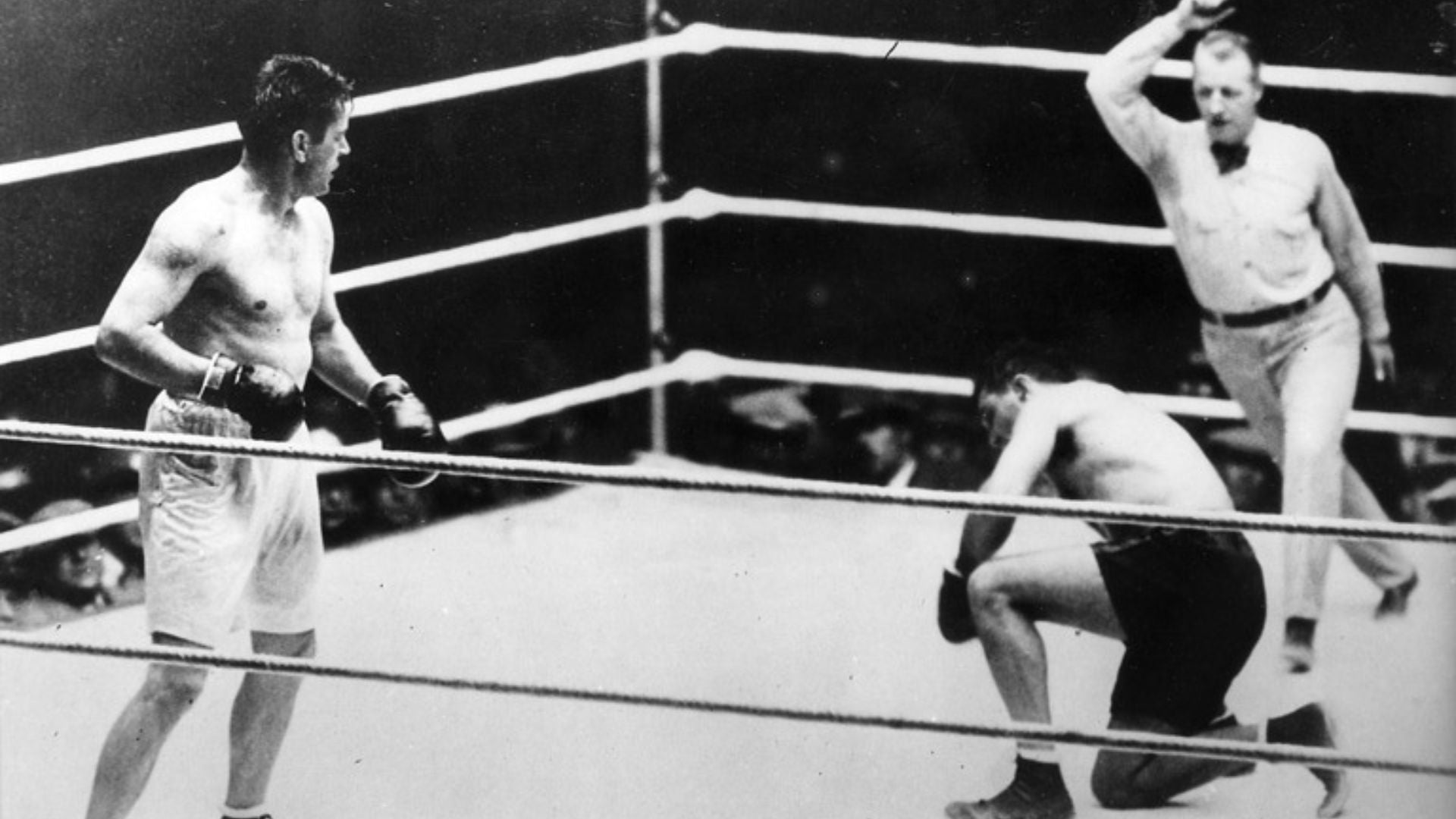
Women in Boxing: From Historic Beginnings to Modern Champions
The Rise of Women in the Boxing Ring
For centuries, boxing was considered a man’s sport. But the truth is, women have been throwing punches just as long. From underground fights in the 18th century to headlining pay-per-view events today, female boxers have fought tooth and nail for recognition.
Women’s boxing wasn’t even an Olympic sport until 2012. Now, female fighters sell out arenas, earn championship belts, and dominate the ring with skill, power, and heart. How did we get here? Let’s step into the ring and explore the journey of women’s boxing from its historic roots to the modern era.
Early Trailblazers: Fighting Against the Odds
The history of women in boxing goes back much further than most people realize. Records suggest that in the 1700s, women participated in bare-knuckle fights in England. While these bouts were often seen as entertainment rather than serious competition, they set the stage for future generations.
One of the earliest known female fighters was Elizabeth Wilkinson, an 18th-century English pugilist who publicly challenged both male and female opponents. She fought with fists and weapons, earning a reputation as a fierce competitor. Wilkinson’s bravery laid the foundation for women in combat sports, proving that women could be just as formidable as men in the ring.
The 20th Century: Progress and Pushback
As boxing became more organized, female fighters faced increasing restrictions. In the early 1900s, women’s bouts were often banned or dismissed as gimmicks. Despite this, some fearless women continued to train and fight, often in secret or in exhibition matches.
Barbara Buttrick, a British boxer in the 1940s and 50s, became a trailblazer for the sport. She fought across the U.S. and Europe, proving that women’s boxing could be taken seriously. Buttrick’s success led to more female participation, but it would take decades before women’s boxing was given the recognition it deserved.
The Fight for Legitimacy: 1970s and 1980s
By the 1970s, the women’s rights movement was in full swing, and female boxers began pushing for official recognition. In 1974, Cathy “Cat” Davis became the first woman to be nationally televised in a boxing match. While her fights drew attention, the sport still lacked proper regulation and support.
In 1978, the first female boxer received a professional license: Marian “Lady Tyger” Trimiar. She fought tirelessly for women’s boxing, even going on a hunger strike to demand better opportunities for female fighters. Her efforts, alongside other pioneers, helped move the sport forward.
The 1990s: Breaking Barriers
The 1990s marked a turning point for women’s boxing. Christy Martin became a household name after appearing on major boxing cards alongside male champions. Her 1996 fight against Deirdre Gogarty on a Mike Tyson undercard was a defining moment, proving that women’s boxing could attract mainstream audiences.
Laila Ali, daughter of the legendary Muhammad Ali, also brought significant attention to women’s boxing. With an undefeated record and a powerful presence, she became one of the most influential female fighters in history.
Olympic Inclusion: A Game-Changer
One of the biggest victories for women’s boxing came in 2012 when it was officially included in the Olympics. This decision changed the game, giving female fighters a global platform to showcase their talent.
Nicola Adams of Great Britain made history by winning the first Olympic gold medal in women’s boxing. Her success inspired a new generation of female boxers and helped legitimize the sport on an international level.
Modern Champions and Today’s Boxing Scene
Today, women’s boxing is stronger than ever. Fighters like Claressa Shields, Katie Taylor, and Amanda Serrano have redefined what’s possible for female athletes in combat sports. These champions have broken records, headlined major events, and pushed for equal pay and recognition.
In 2022, Taylor and Serrano made history by becoming the first women to headline a boxing event at Madison Square Garden. Their fight was one of the most exciting in recent memory, proving that women’s boxing is not just growing—it’s thriving.
Challenges That Still Exist
Despite massive progress, challenges remain. Women’s boxing still struggles with disparities in pay, fewer weight classes compared to men’s boxing, and limited promotional opportunities. While more doors are opening, female fighters continue to advocate for equal treatment and representation.
The Future of Women’s Boxing
The future of women’s boxing looks promising. With increasing viewership, more sponsorship deals, and greater acceptance, female fighters are finally receiving the recognition they deserve. As more young girls take up the sport, the next generation of champions is already rising.
The battle for equality in boxing isn’t over, but one thing is clear: women belong in the ring. Their skill, dedication, and fighting spirit prove that boxing is not just a man’s game—it’s a sport for warriors, regardless of gender.





